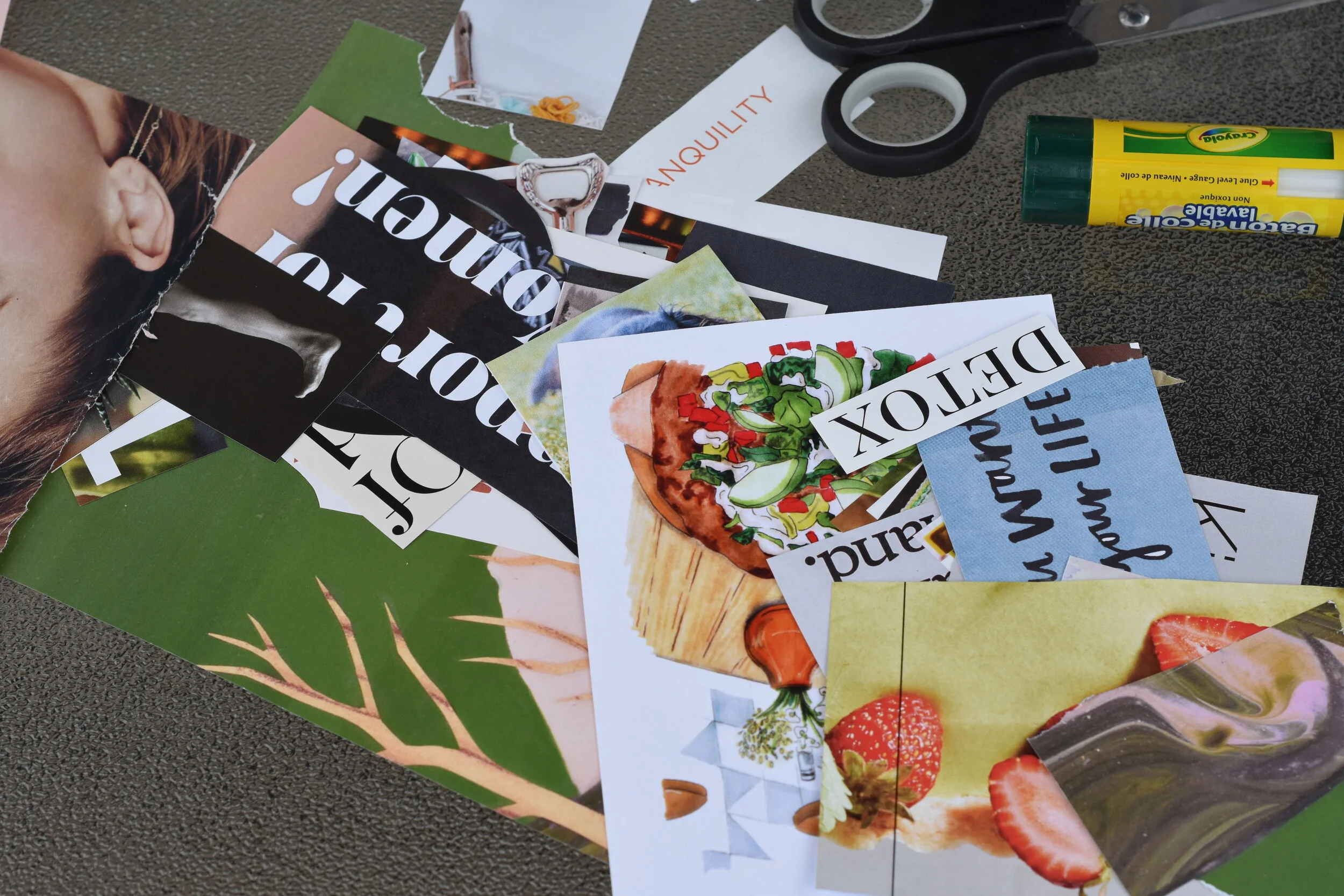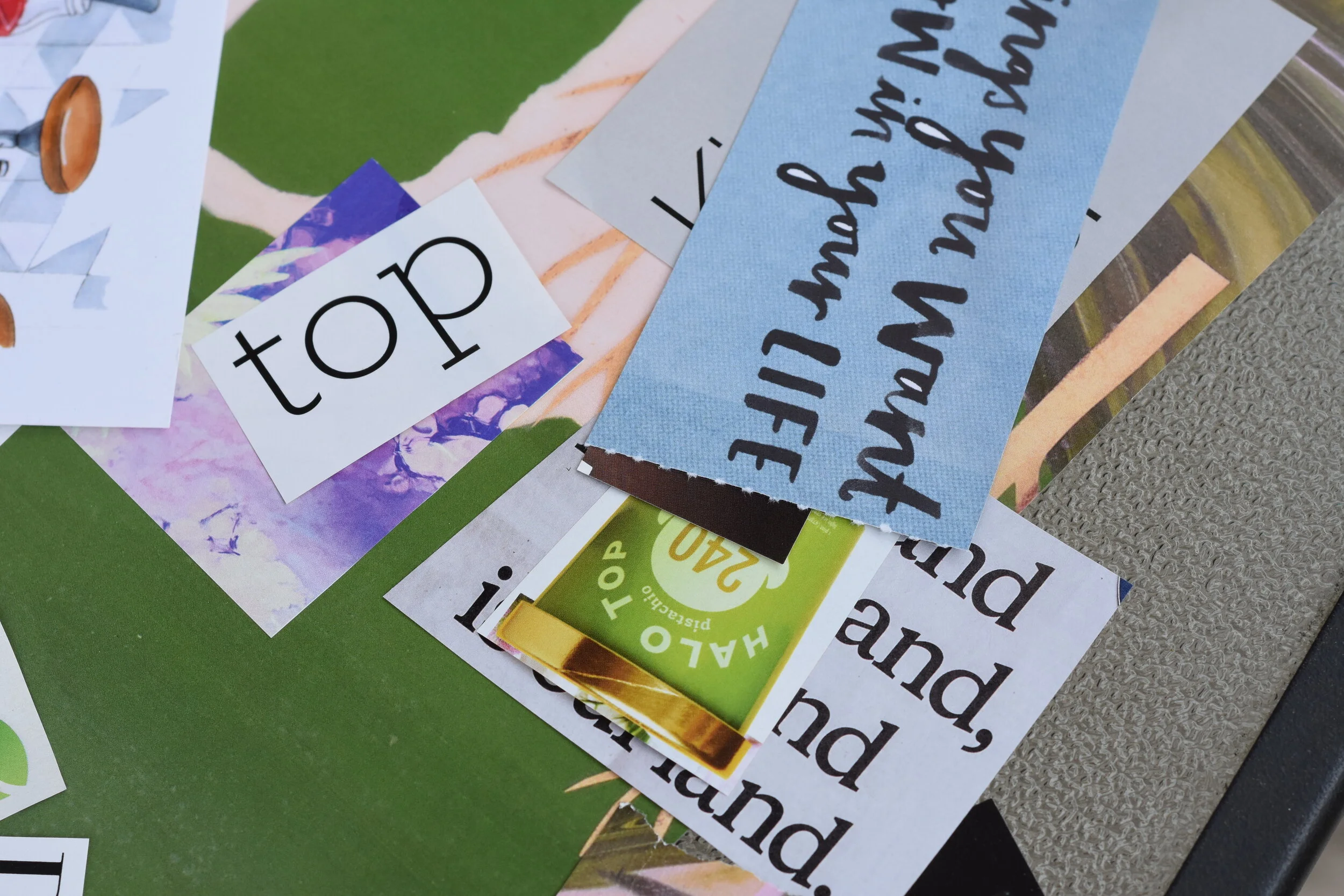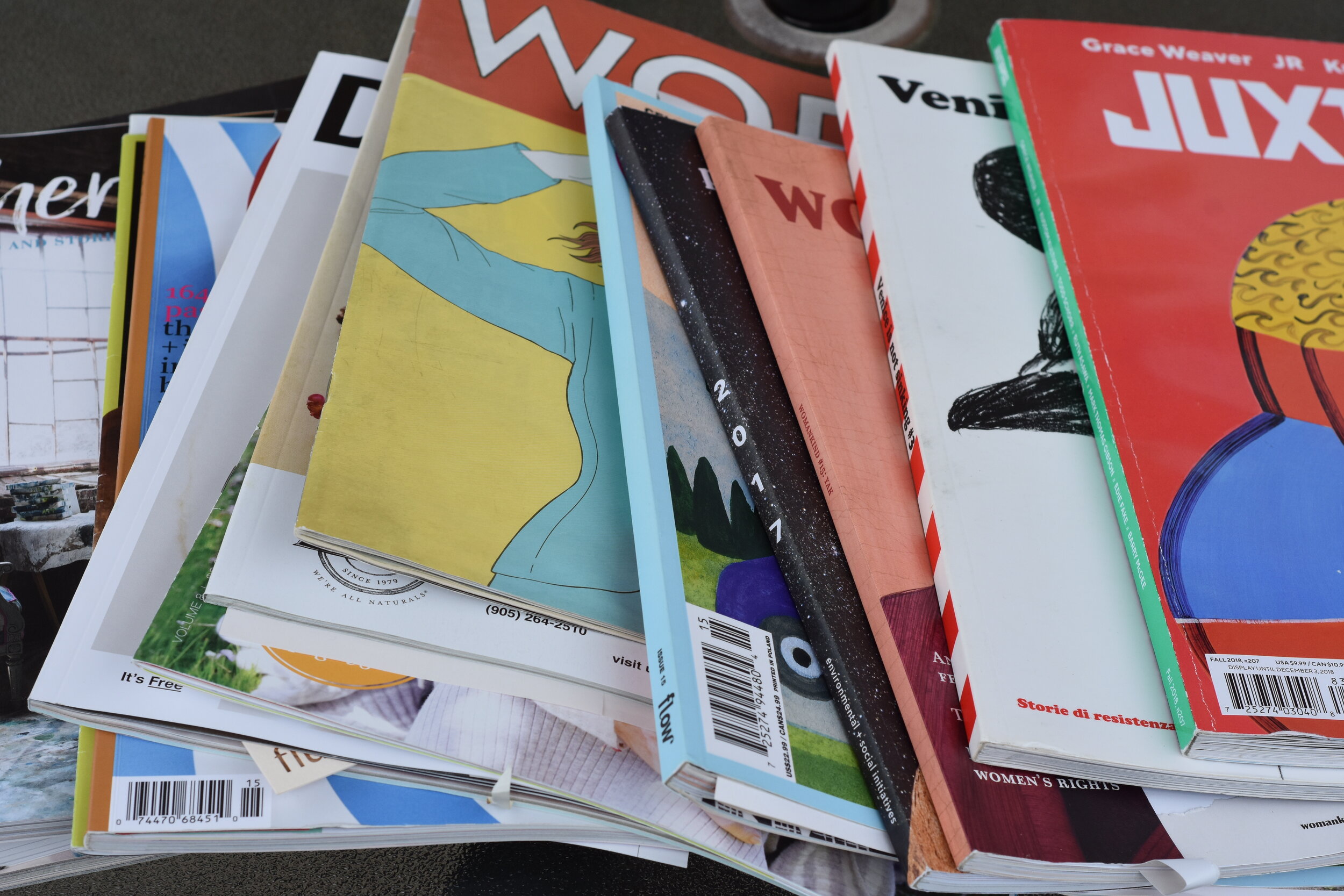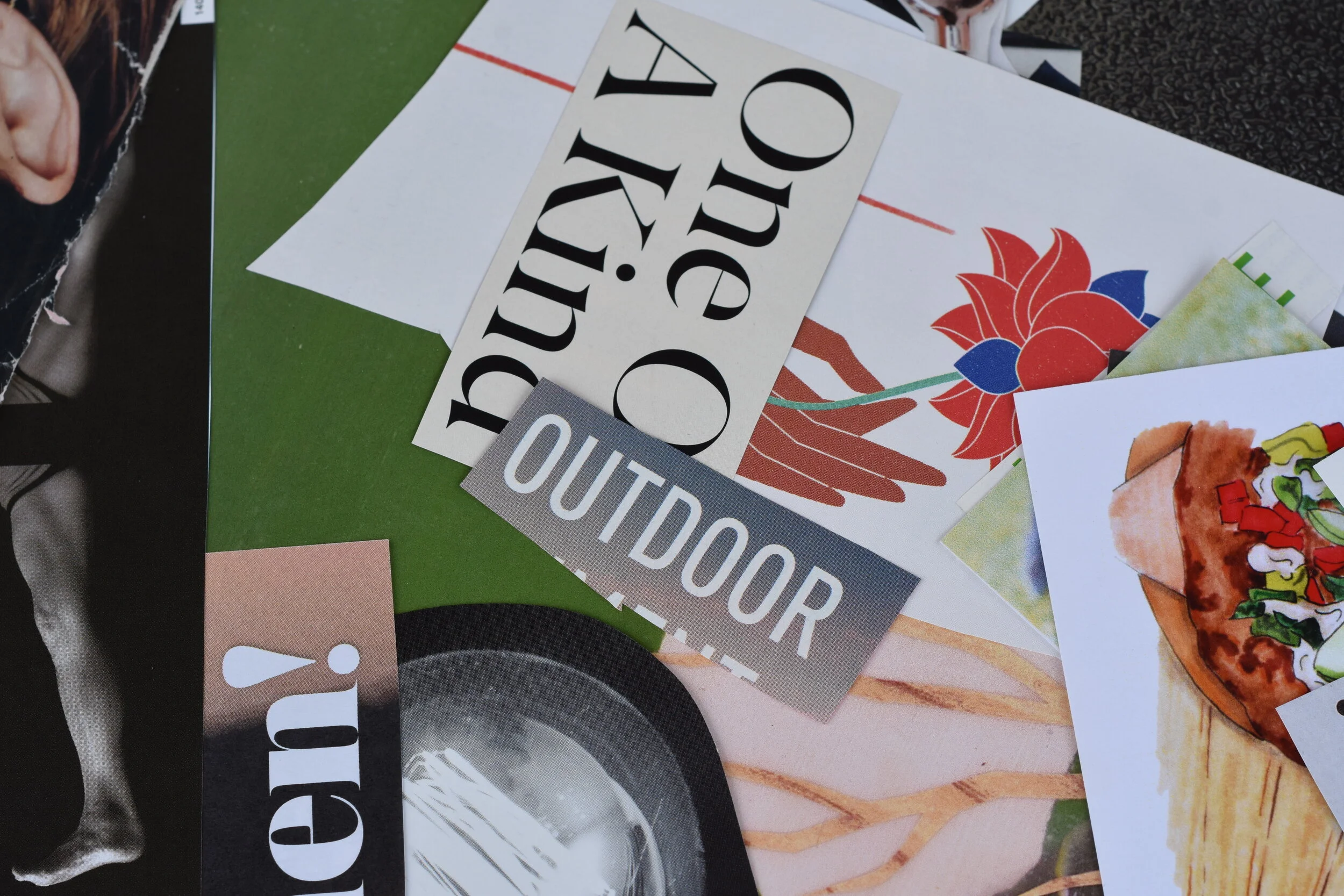Cut and paste life
May 28, 2020
The art of collage dates back to the early 20th Century, although you may remember it from elementary school as I do. Collage, from the French word “coller”, which translates as “to stick”, was a form of art where bits of paper or cloth would be glued to a surface. Artists like Picasso and Braque, experimented with the art form early on, and created works of art that were unlike the realistic portraits and landscapes that preceded them. Movements such as Futurism and Dada relied heavily on combining different elements in unconventional compositions to create their art, and specifically Dada, used found objects and cut outs from materials like newspapers to end up with ironic and even blasphemous creations. (The Economist)
I personally love the idea of recycled art or using recycled materials to create, and believe it is especially important now in a time where materials can be scarce. I also really love the idea of taking something existing and transforming it so as to create a new meaning or interpretation. It reminds me of the quote from Chuck Palahniuk where he said, “Nothing of me is original. I am the combined effort of everyone I've ever known.” This rings true to a degree, as the found materials may not be yours to start, but what you do with them can be a truly unique concept. This is the exciting part about reinventing and remixing. Think of all the songs you know that may have a sample from another classic song, or perhaps the idea of remaking a movie from a novel. As much as we would like to come up with new material, sometimes we can try giving old material a revamp to fit the modern times. Precisely this is what interests me in collaging. Taking whatever I find and turning it into a new piece of art.
I have a step-by-step video on how I made this collage on YouTube. Check it out if you like a video format and would like to follow the creative process of this piece.
If you are thinking of creating your own, don’t let anything hold you back. It is not one of those mediums where you may feel intimidated. In fact, anyone can collage, whether or not they have knowledge in the arts. Sometimes, collaging can just be a form of brainstorming. You sit down, search through a pile of old magazines and newspapers, and cut out whatever inspires you. It may birth another project for you just by going through this process. The idea is to relax and let go of any expectations.
I always remember a technique that one of my art teachers from high school suggested to help with finding ideas to paint. The first task was to make 5 separate collages. Then, taking a small rectangle with a window cut out (so the rectangle was hollow), move it around to find an interesting composition within the collages. Then paint whatever is inside the rectangle.
Here are some more detailed instructions to create a collage of your own.
You will need:
· some old magazines
· scissors
· glue
· paper (I prefer a harder paper but any paper will do) You could even work in a sketchbook if you choose.
· Ink or markers (optional)
5 Steps:
1) I always start by simply browsing and flipping through the pages. I almost always go in to this kind of work without a theme or intention and see what flows out, but you could have something specific in mind, however, it may just take you longer to find it. I love just seeing what stands out and this type of art is very impromptu. Just follow your instinct and let your creativity guide you.
2) Once you start finding some cool images, begin cutting them out and saving them in a pile. I usually look to the back of the page before I cut, just in case there is something better on the other side. If it is nothing important or interesting, I jump right in and cut.
3) When you feel as though you have the right images, start arranging them on your sheet of paper. You may want to decide if you are going to make it portrait or landscape. I start by laying out the pieces before gluing them down. It’s way easier to move the around before they’re completely stuck to the paper. Working in layers is another technique because you will need to glue the pieces down from background to foreground, so I usually make sure I have some type of background image and then add layers on top as I go.
4) How things are placed and arranged can affect the overall look and feel of the piece. Play around with it until you feel like it is time to stick them down for good. This is the fun part – creating your story on the paper. Don’t be afraid to rearrange things or remove things you have already glued. If you use a glue stick, chances are you can remove a piece of paper before if completely dries.
5) After you are happy with the way it looks, you could go in with some ink and add a few extra details, if you want. You can use paint or markers as well and it’s fun to experiment with different mediums. After all, collage is a form of mixed media, so go wild and add things that you feel like trying. You’ll know it’s finished when you step back and feel like nothing is missing. Sometimes more is more, but sometimes less is more, so it’s really up to your own artistic judgement.
I like the way the collage from the video turned out. I feel like it tells a story using the text and images, and it’s something that I’d definitely hang up because I relate and connect with the message. If you take some time to make a collage of your own, please tag me on Instagram so I can see your beautiful work.
IG: casbahlifedotcom
Baci e abbracci!
Reference: https://www.economist.com/1843/2019/07/24/stick-em-up-a-surprising-history-of-collage




